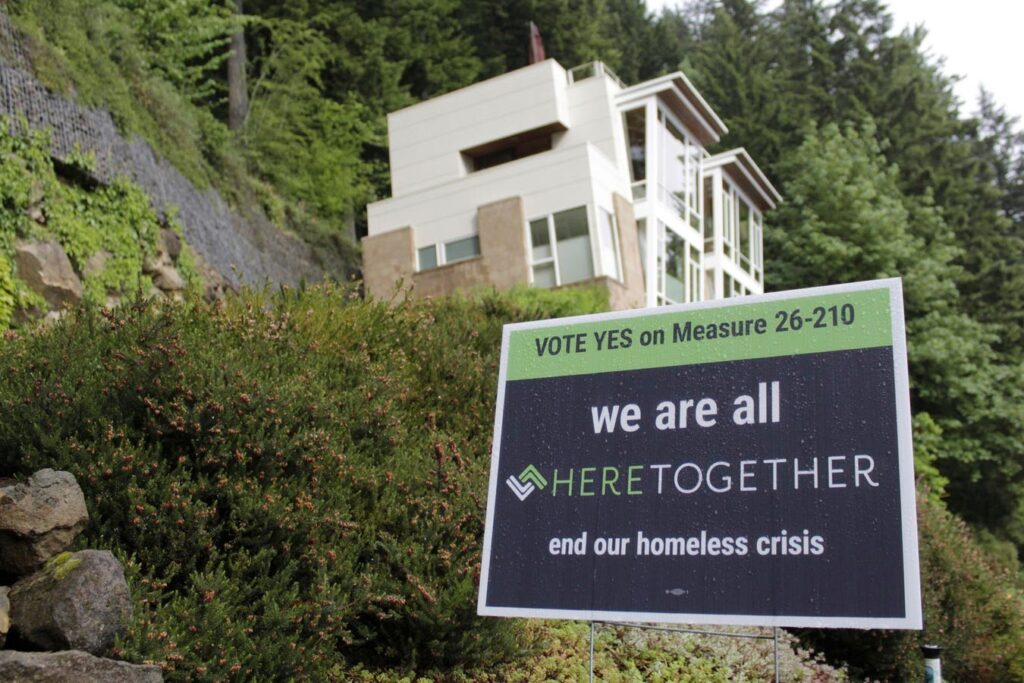A problem exists when people experience it. The problem is sometimes personal when those feeling the impact are few and far between. You have a cold and others around you don’t. So long as you stay isolated, they’re fine even if you aren’t. Your bank account is overdrawn because you made an error tracking your accounts. That is painful, but you will likely resolve it, and others don’t realize.
When millions of people experience the problem, it is likely no longer personal but systematic and maybe systemic, inherent in how the country operates and lives. However, a fix goes beyond those experiencing it as forces greater than themselves have helped establish and maintain it.
One of the ongoing issues before and after the election has been an imbalance in economics. Many had been saying that they couldn’t make ends meet, food prices had grown too high, housing prices were ridiculous. That they could never catch up.
Versions of a graph of household income over time have made the rounds in social media when people talk of economic pain. These representations seem to wipe away the argument because, well, just look at how household income has grown. The graph below comes from the FRED site of the Federal Reserve Bank of St. Louis.
This, however, is distorted — even more so when shown on some social media platforms and the width is squashed, making the growth look more dramatic. The graph is one of income in current dollars, also known as nominal income that doesn’t extract the negative influence of inflation. It starts at $22,240 in 1984 and ends at $80,610 in October 2024. That’s an increase of 3.6 times, or an additional 260% (because 1.0 times would be identical).
Instead, look at this other graph from the FRED site, this time income in constant dollars, meaning adjusted for inflation. The starting point is now $58,930, expressed in today’s dollars. It still ends at $80,610. The increase is now 1.4 times, or only a 40% increase.
According to the inflation calculator at the Bureau of Labor Statistics, $1 in 1984 had the same buying power as $3 in October 2024. A family would need an additional 200% over the roughly 40 years to stay even with how much their money could buy.
For many years, starting in early 1987, inflation in the form of the Consumer Price Index, pegged to a reference point of 1984, has raced away from household income, also indexed to 1984 — ironically, given George Orwell’s book, the beginning of a long habit of gaslighting about finance. Below is a graph demonstrating the growing gap.
If you wonder why healthcare costs have run away, higher education is unaffordable for many, and maybe most families, housing has become increasingly out of reach of young families — this is why. Income hasn’t kept up with rising prices.
It also hasn’t kept up with corporate profits. One more graph from FRED, comparing total corporate profit growth indexed to 1982 and disposable personal income (income after taxes but nominal because the corporate profits seem to be nominal as well).
Corporations get wealthier and demand more concessions in lower taxes. People try to keep on keeping on but usually can’t. Cutting taxes isn’t enough because the big problem is not enough income at the start. If a person or family is so far behind, a bit more in tax money isn’t transformative.
Waving aside the problem as one that hasn’t caused collapse in 40 years is little comfort. The disassembly and hollowing out of a country takes a long time. That doesn’t mean it never happens.
Read the full article here

